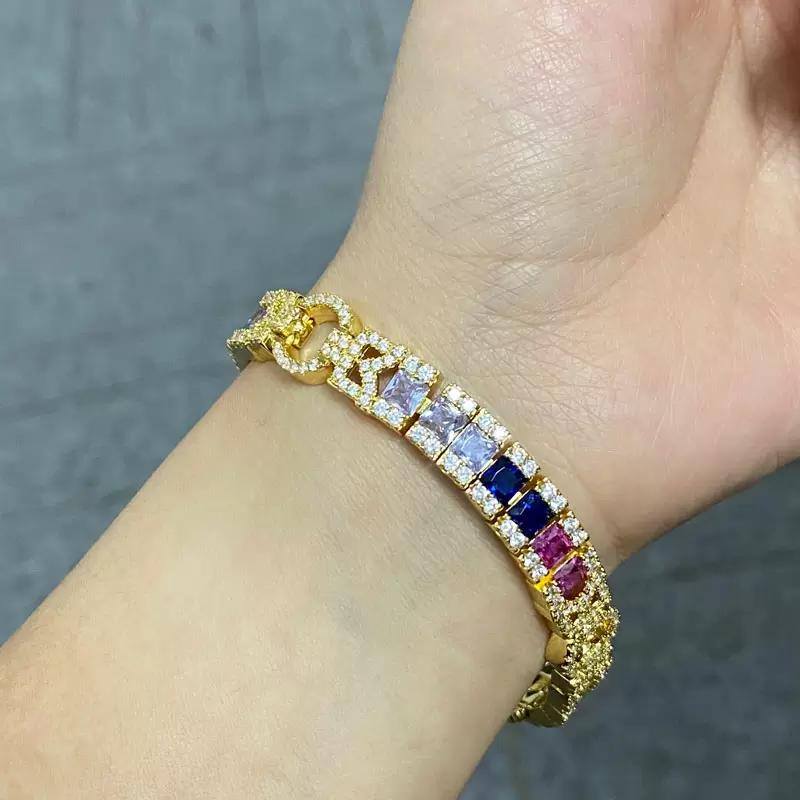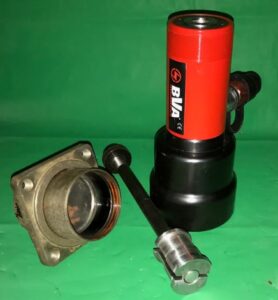An In-Depth Look at Jabra Hearing Aids Reviews
When most people hear “Jabra,” they think of wireless headphones and Bluetooth earpieces. But recently, Jabra has entered the hearing aid market, bringing its reputation for quality audio into a space where reliable sound quality is crucial. Whether seeking an alternative to traditional hearing aids or a seamless hearing enhancement for daily life, Jabra’s offerings are worth a look. This article digs into Jabra hearing aids reviews, examining the features, pros, cons, and what users say about these innovative devices.
Why Jabra Entered the Hearing Aid Market
Jabra’s parent company, GN Group, has a long history in the hearing industry through its subsidiary, ReSound. Leveraging this experience, Jabra combines its audio expertise with advanced hearing aid technology. This blend of audio quality and hearing assistance has led to the creation of the Jabra Enhance line, a series of hearing aids designed to meet the needs of modern users seeking discreet, high-quality, and user-friendly solutions.
Key Features of Jabra Hearing Aids
Understanding the features of Jabra hearing aids can help you determine if they’re a good fit for your lifestyle. Here’s what sets Jabra hearing aids apart from traditional models:
- Bluetooth Connectivity
One of Jabra’s main selling points is its seamless Bluetooth connectivity. You can connect Jabra hearing aids to your smartphone, allowing you to stream calls, music, or podcasts directly to your device. This feature turns your hearing aids into multifunctional devices like advanced Bluetooth earbuds. - Customizable Sound Settings
Jabra offers a user-friendly app, Jabra Enhance, where users can adjust their hearing aids’ settings. You can customize volume, sound balance, and other aspects according to your hearing needs. This level of customization is beneficial for people with specific hearing preferences in different environments, like noisy restaurants or quiet rooms. - Rechargeable Batteries
Jabra hearing aids come with rechargeable batteries, eliminating the hassle of frequently changing batteries. A single charge typically lasts a full day, making it convenient for daily use. This is a valuable feature that minimizes maintenance for users with an active lifestyle. - Discreet Design
Appearance matters, especially when it comes to devices people wear all day. Jabra hearing aids have a sleek, subtle design, making them less noticeable than traditional hearing aids. Many users appreciate the discreet look; it doesn’t immediately signal that they’re wearing a hearing device. - Direct-to-Consumer Model
Jabra’s Enhance line is available through a direct-to-consumer model, which simplifies and often makes the purchasing process more affordable. With telehealth options and online hearing tests, it’s easy to get fitted for these devices without an in-person appointment, making them ideal for tech-savvy users who prefer a DIY approach.
Understanding Jabra Hearing Aid Models
1. Jabra Enhance Pro 10
The Jabra Enhance Pro 10 is a sleek model that combines performance with style. Users often appreciate the compact design, which makes it discreet yet highly effective. Reviews frequently mention the clarity of sound and ease of use, especially in noisy environments. This model focuses on background noise management, making it ideal for social gatherings or outdoor activities.
Key Features:
- Adaptive noise reduction
- Bluetooth connectivity
- Rechargeable battery with up to 30 hours of use on a single charge
Users enjoy the customizable sound settings available via the Jabra Enhance app, making it easy to tailor audio settings to their specific needs.
2. Jabra Enhance Pro 20
The Jabra Enhance Pro 20 expands on the features of the Pro 10 with enhanced connectivity and personalization options. It is highly recommended for individuals relying on streaming audio for personal and professional use. This model has been praised for its advanced voice processing, which is especially helpful in group settings.
Key Features:
- High-definition sound quality with improved voice focus
- Dual connectivity options for easy switching between devices
- Compatible with most smartphones
Users report improved audio clarity and reduced listening fatigue, especially after extended wear, making it a go-to choice for daily use.
3. Jabra Enhance Select Series
The Jabra Enhance Select series, including models like the 200 and 300, focuses on providing tailored hearing support with a robust suite of features at a competitive price. Available in several configurations, the Select series is often reviewed positively for its balance of affordability and technology. These models are designed with intuitive controls, making them suitable for first-time users as well as tech-savvy individuals.
Key Features:
- Built-in directional microphones to capture voice-over background noise
- Customizable programs for different hearing environments
- Long-lasting battery life with both rechargeable and disposable battery options
The Enhance Select series allows users to adjust hearing profiles based on different activities, from quiet settings to louder social environments.
Jabra Hearing Aids: Pros and Cons
No product is perfect, and hearing aids are highly personal devices. Let’s take a closer look at what Jabra users love about these hearing aids and some areas where they could improve.
Pros
- Excellent Sound Quality: Many users are pleased with the clarity and quality of sound Jabra hearing aids provide, especially given the brand’s history with audio technology.
- Easy Bluetooth Pairing: The Bluetooth connectivity is straightforward, allowing users to stream audio without issues, a feature that isn’t always smooth with other hearing aids.
- User-Friendly App: The Jabra Enhance app provides a seamless experience for adjusting settings, making it easy to control the hearing aids without needing assistance.
- Affordable Alternative: Compared to traditional hearing aids, Jabra’s direct-to-consumer model offers a more budget-friendly option.
- Discreet Design: The compact and low-profile design is praised for being comfortable and not overly visible.
Cons
- Limited Professional Support: While the direct-to-consumer model makes things affordable, some users feel they need more in-person professional support, which can be essential for fitting and adjustments.
- Battery Life Can Vary: Although rechargeable, some users report the battery life doesn’t always last a full day, especially with heavy streaming.
- Learning Curve with App: While the app is praised by many, a few users, particularly older, less tech-savvy individuals, find it challenging to navigate.
- Sound Customization Limitations: For users with severe or particular hearing needs, the level of customization in Jabra’s app may feel limited compared to traditional hearing aids fitted by an audiologist.
What Real Users Are Saying
Jabra hearing aids have received generally positive reviews, but as with any tech product, there’s a range of feedback based on user experience.
- Satisfied with Sound Clarity: Many users mention that Jabra’s hearing aids deliver sharp, clear sound, making it easier to hear conversations, especially in moderate-noise environments. This is a standout point for those upgrading from basic hearing aids.
- Mixed Feelings on Battery Life: Some reviewers appreciate the rechargeable design, while others find the battery life could be longer, particularly if they’re streaming music or calls throughout the day.
- App Usability Divides Opinion: Tech-savvy users generally love the app’s customization options, while some older users feel it’s not as intuitive as they’d hoped.
- Bluetooth Streaming Success: Bluetooth is frequently highlighted as a significant benefit. Users who rely on their phone for calls or audio entertainment enjoy seamless streaming, though occasional connectivity issues are reported.
Is Jabra the Right Choice for You?
Jabra hearing aids are particularly well-suited for people who want a modern, tech-driven solution that integrates seamlessly with their smartphone. They’re ideal for users who are comfortable with apps and adjusting settings. However, if you need regular hands-on support or have severe hearing issues, a traditional hearing aid fitted by an audiologist might be a better choice.Jabra Enhance hearing aids offer a great mix of affordability, advanced features, and design. They bridge the gap between traditional hearing aids and high-end audio devices, making them a strong contender in the hearing aid market.














Post Comment